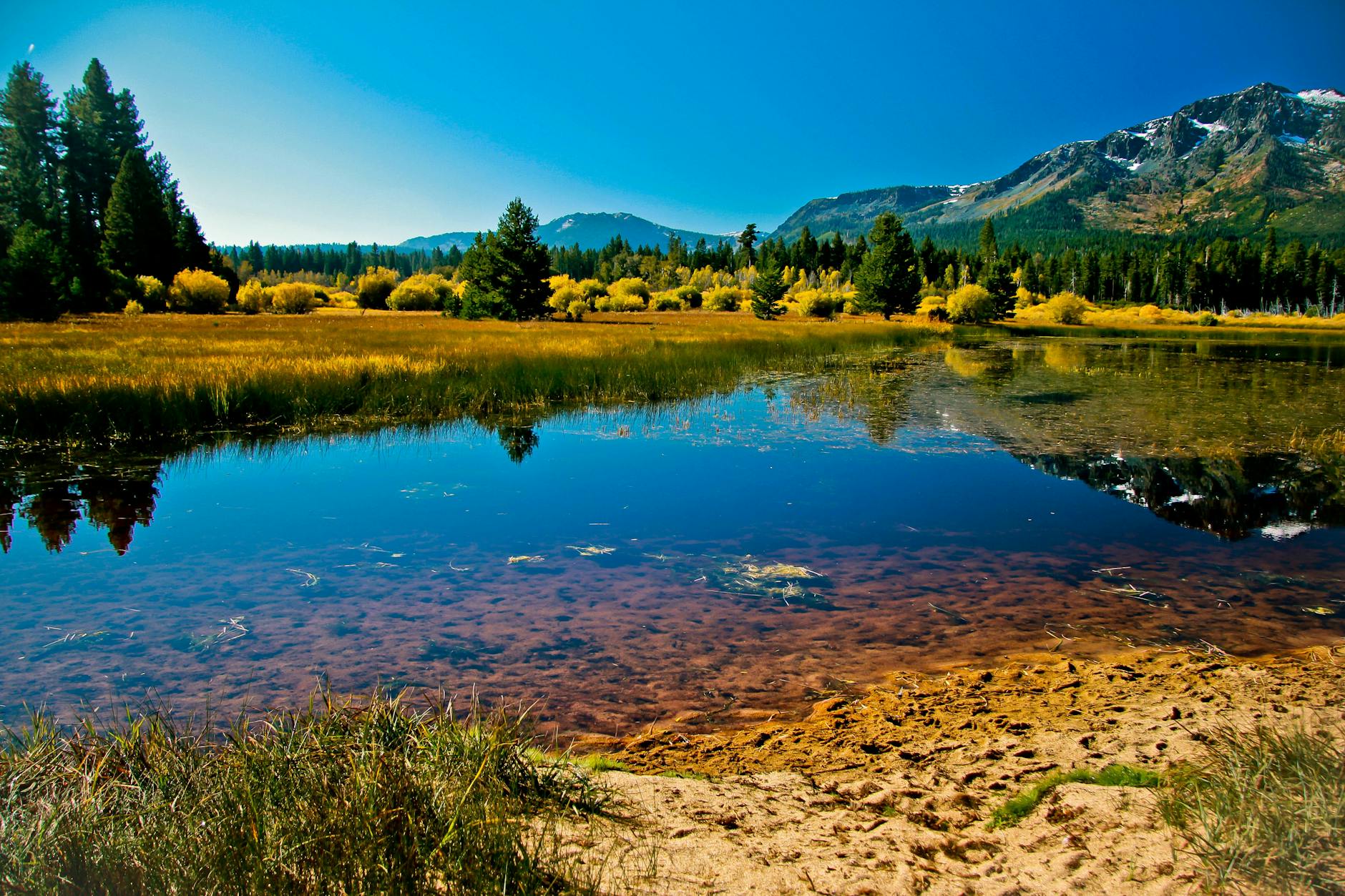How to Explore Australia Like a Tech-Savvy Insider

Digital Tools for Exploration
Travelling becomes more immersive and enjoyable when you have the right digital tools at your disposal. These tools can greatly enhance your exploration experiences, especially if you're the type who seeks wildlife adventures and unique landscapes. If you've ever been intrigued by the allure of polar expeditions or dreamt of venturing on a Botswana safari, technology can elevate these experiences to new heights.
Essential Travel Apps
Incorporating the best travel apps into your journey can streamline logistics and keep everything in order. From booking flights to organising accommodation, apps like TripIt and Skyscanner make planning seamless. They help monitor your itineraries and even offer real-time updates to avoid hiccups in your plans.
Using Drones for Footage
Capturing the essence of your journey through unforgettable visuals is an opportunity made possible with drones. Whether you're filming Galapagos tours or Australia's breathtaking coastlines, drones allow you to capture unique perspectives. They provide you with a bird's-eye view, enabling you to document wildlife and landscapes in ways traditional cameras can't achieve.
Mapping and Navigation Tech
Navigating unfamiliar territories becomes hassle-free using advanced mapping technologies. Google Maps, for example, is invaluable for both on-road navigation and discovering off-the-beaten-path locales. Pair your mobile device with a modern GPS app, and you'll never feel lost, whether you're tracing routes through the rugged landscapes surrounding the Sydney Opera House or venturing into more remote areas.
By integrating these smart travel tools, your adventures become not only well-organised but filled with opportunities for incredible storytelling and sharing your wild escapades.
Planning with Technology
Incorporating tech into the travel planning process can significantly enhance the overall experience, especially when considering sustainable journey options. Among the essential tools are sustainable itinerary planners, which utilize smart algorithms to arrange eco-conscious trips. These platforms take into account real-time updates, helping you make informed travel decisions. By leveraging these tools, travellers interested in conservation can find options that align with their values, such as tailormade South America tours, crafted to showcase the region's biodiversity responsibly.
Securing online permits is another crucial aspect of planning, especially when dealing with wildlife conservation efforts. Platforms that streamline the permit process are game changers, cutting down on wait times and paperwork, and ensuring you have the necessary approvals before embarking on your journey. This digital transition simplifies access to protected areas, allowing for more efficient scheduling—vital for itineraries with destinations across continents, like a mix of Central America tours and other eco-destined adventures.
Finding eco-friendly accommodations has never been easier. With technology, you can access detailed reviews and sustainability certifications to ensure your lodging choices contribute positively to the environment. Many platforms highlight eco-conscious practices, empowering you to support businesses committed to lessening their environmental impact. When visiting Sydney, for instance, dive into tech-enriched experiences at the Sydney Opera House, known for its immersive AR tours, or check out the innovative business hubs at Barangaroo for a taste of the city’s forward-thinking approach.
Capturing and Sharing
Gear for Wildlife Filming
When you're out in the field documenting the natural splendour of Africa, having the right gear is essential. Cameras with exceptional zoom capabilities and rugged cases can make all the difference. Don't forget to pack lightweight tripods and durable lenses. The next time you're planning kenya tours or exploring what tailormade africa has to offer, selecting equipment that can withstand unpredictable environments is key.
Editing Software Tips
Transforming your raw footage into compelling stories requires efficient editing tools. Use software that offers advanced colour grading and seamless transitions to make your clips come alive. If you're exploring tech-driven exhibits at the Powerhouse Museum in Sydney, look for programs that offer high customizability and cross-platform functionality. Leveraging cloud-based solutions ensures your edits are saved and accessible anytime.
Boosting Reach on Social Media
Connecting your enriched narrative with a broader audience has never been more accessible. Embrace the latest social media trends to amplify your wildlife stories. Go live from breathtaking locations to engage your followers on platforms like Instagram and YouTube. The innovative business hubs at Barangaroo provide excellent backdrops for real-time engagement. Use analytics tools to tailor your posts and maximise outreach, ensuring your conservation message resonates.
Integrating these gear and tech-enhanced insights into your workflow will not only streamline your process but also elevate the impact of your stories.
Staying Connected Remotely
Portable Internet Solutions
For those navigating the complexities of staying connected while adventuring into remote destinations, portable internet solutions are essential. While capturing mesmerizing footage of wildlife, staying connected with your team can enhance productivity and streamline communications. This is where mobile hotspots come in handy. Devices like these make it possible to access the internet from virtually anywhere. They are lightweight and offer a reliable connection, which is crucial for uploading footage and accessing research databases.
Remote Workspaces
Transforming unconventional settings into efficient remote workspaces is another challenge when working amidst vibrant, natural environments. Portable workstations and solar-powered gadgets are ideal for remote filming on tanzania tours, ensuring you have the power and technology to continue your creative processes without disruption. Remember to pack a lightweight but durable laptop with high processing power to handle editing on the go.
Online Collaboration Platforms
Online collaboration platforms are indispensable for travel-related projects that require feedback from a team or clients. Applications like Slack or Trello offer seamless coordination, enabling you to share your latest galapagos cruise footage instantly. By integrating these platforms into your workflow, you can maintain a smooth communication stream with your team, providing updates on your project’s progress wherever your filming endeavors take you.
Prioritising smart tech solutions helps maintain dedication to conservation storytelling, while navigating tech-driven travel destinations.


